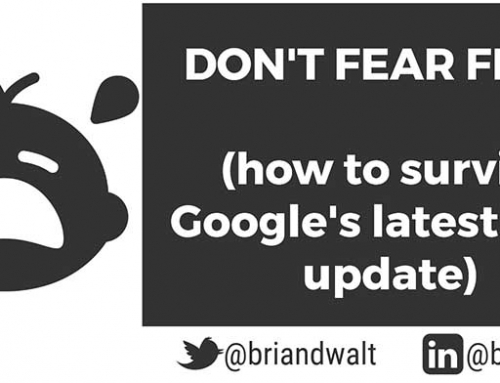The phrase “content marketing” is all over the web these days. Content has become a mixture of many things: webinars, blog posts, videos, social network shares and more. It sounds like a great idea. If done right, a well-executed digital campaign will yield considerable benefits for both established businesses and entrepreneurs. Such a strategy has the power to position a business as a topical authority and establish the owners and executives as experts.
Implementing such a campaign isn’t as easy as it seems and takes a bit more effort than pressing a button. Depending on your business goals, time needs to be spent aligning your company’s brand’s online persona with your customers’ needs. Once posted, content that’s shared requires interaction on your part. Interact directly with your community by saying something meaningful to stimulate continued conversation.
Content marketing can be a boon for your brand. Be sure to follow these tested truths when planning your campaign:
- Know your audience and keep the content relevant. Each social network has a unique identity and audience, so take time to research the demographics of the social marketing platforms you use to share. All sites are not the same. Some skew highly to men (Google+) and others are more popular with women (Pinterest). Check the current information on the sites to determine where to share your content for the best effect.
Whether you market to businesses or consumers, you no doubt have a grasp of their interests. Blogs are still a great way to build an engaged community around your brand and interests. An example of a blog that successfully uses content marketing is SavvySeller.co. This is a community site offering helpful advice for online sellers while displaying ads for its parent company, World Lister.
Check what your customers are sharing on social media. By making your blog posts relevant to readers, they may pass along your content as well and become your advocate, awarding you with free, yet most valuable, marketing.
- Beware of constant self-reference. Repetitive self-reference will not stimulate engagement. The days of broadcast advertising are long past, and without giving your message a twist, broadcasting will do nothing but discourage readers. Rather, use stories to illustrate the benefits your business has to offer.
Direct your message to the reader and be sure to personalize it by using the word “you.” In this way your posts directly address and arouses the interest of your community. Keep the promotional content to no more than a 1-to-7 ratio. The golden rule of content marketing should be, “Stop talking about yourself, rather start talking as yourself.”
- Share what works. When creating content for your business, consider your own time schedule and talents. Sitting down to write a white paper may be painful for many people, and small businesses may not have the time or resources to produce one. If you are more comfortable communicating your messages in another format, for example, why not try sharing the following:
- Short-form articles
- Infographics or small sharable graphics are easily produced on a platform such as Canva
- Photographs of products in action that you can share on Instagram
- Short product demonstrations or instructional videos (try to keep them under two minutes)
- Other related business content
Also consider sharing content about things you are passionate about. By posting ideas and subjects that are personally relevant to you (the business owner), you project your humanity to your online influence.
- Consider curating. A growing trend is content aggregation, which is deriving content directly from others’ RSS feeds and automatically turning them into shares. Aggregating is not curating. In contrast, curating content requires a human being to find, read and qualify digital content that is relevant to your audience. Curating may sound like a lot of work, but it may take as little as 30 minutes a day. If you (or another member of your staff) regularly read digital content that relates to your business, finding articles to share is a simple proposition.
Even the owners of niche businesses can find articles that might resonate with their audience. If you curate and share content from others, your audience will look to you as a reliable source for information on a specific topic. A secondary benefit of sharing third-party content is that you build relationships by broadening the conversation with others within your industry.
- Measure once and then again. Track the comments and responses to your pieces. When you share links on social media platforms, use the many free metrics tools to decipher which of your posts were on track. By on track, I mean were they read? Shared? Acted upon? If a platform or content type isn’t working for you, be sure to put effort into the ones that are.
Know that your content marketing will build with time and continuity, and social content may not translate into sales immediately. Set up a plan in advance and have reasonable expectations. You are brand building for the long haul.
By Brian Walt – Marketing Expert
Twitter: https://twitter.com/briandwalt
LinkedIn: https://www.linkedin.com/in/brianwalt/
About Brian Walt
Brian has spent the better part of the past 8 years in entrepreneur / startup marketing roles becoming an established thought-leader on communications, marketing, and travel.
Passion for exploring the world has allowed him to lead a location independent lifestyle since 2013. He’s traveled to over 50 countries throughout the world with his family and draws from these experiences to become a better citizen and marketer.
When he isn’t working, playing with his boys, or trying to run a faster 5K, Brian can be found somewhere out in nature.





Leave A Comment